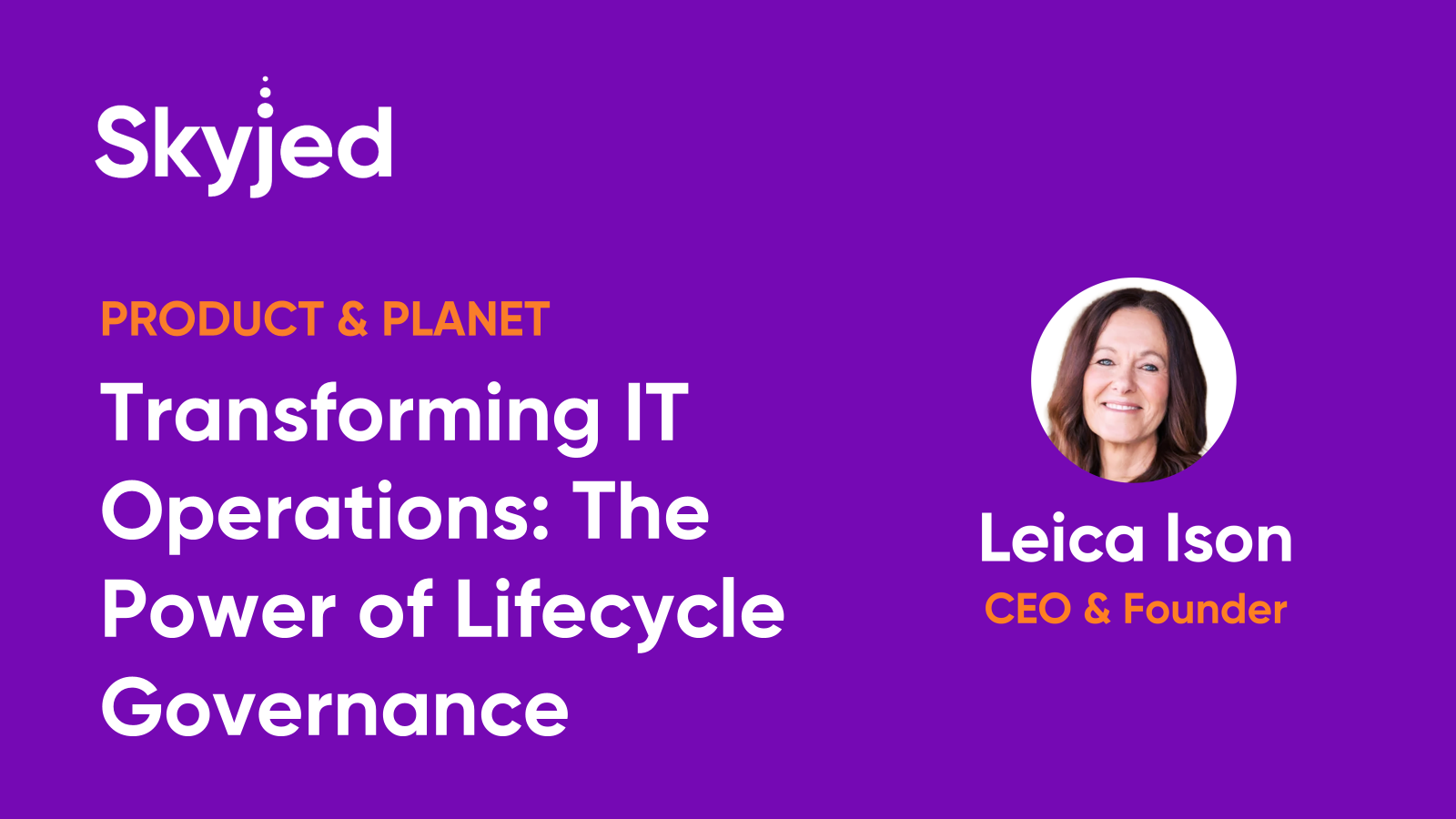Transforming IT Operations: The Power of Lifecycle Governance
by Leica Ison

In today's rapidly evolving IT landscape, organizations must continuously adapt to new technologies, changing business requirements, and increasing regulatory demands. Lifecycle governance offers a powerful framework for managing the entire lifecycle of IT assets, from planning and procurement to deployment, operation, and retirement.
Key Challenges Facing IT Departments
- Complexity and Diversity: IT environments are becoming increasingly complex, with a wide range of hardware, software, and cloud-based services.
- Rapid Technological Change: The pace of technological innovation is accelerating, making it difficult for IT departments to keep up with the latest trends and best practices.
- Security Threats: Cybersecurity threats are becoming more sophisticated and persistent, requiring organizations to invest in robust security measures.
- Regulatory Compliance: IT departments must comply with a complex regulatory landscape, including data privacy laws, industry standards, and internal policies.
- Cost Optimization: IT departments are under pressure to reduce costs while maintaining service levels and supporting business growth.
The Benefits of Lifecycle Governance for IT
- Improved Efficiency: Lifecycle governance can help streamline IT processes, reduce waste, and improve overall efficiency.
- Enhanced Risk Management: By identifying and mitigating risks throughout the IT lifecycle, lifecycle governance can protect organizations from data breaches, system failures, and other disruptions.
- Cost Optimization: Lifecycle governance can help organizations optimize IT investments, reduce costs, and improve return on investment.
- Improved Compliance: By automating compliance processes and ensuring adherence to regulations, lifecycle governance can help organizations avoid fines and penalties.
- Innovation and Agility: Lifecycle governance fosters a culture of continuous improvement, enabling IT departments to adapt to changing business needs and introduce new technologies.
The Role of Skyjed in IT Lifecycle Governance
Skyjed, a leading provider of lifecycle governance solutions, offers a comprehensive platform that can help IT departments address the challenges of the modern IT landscape. Key features of Skyjed include:
- Asset Management: Skyjed provides tools for managing IT assets throughout their lifecycle, from procurement to disposal.
- Configuration Management: Skyjed helps IT departments manage configurations, ensuring that systems are configured correctly and consistently.
- Change Management: Skyjed supports the management of changes to IT systems, ensuring that changes are implemented effectively and without disrupting operations.
- Incident Management: Skyjed provides tools for managing incidents and resolving problems quickly and efficiently.
- Compliance Management: Skyjed helps IT departments ensure compliance with regulations such as GDPR, HIPAA, and PCI DSS.
Conclusion
By implementing a robust lifecycle governance framework powered by solutions like Skyjed, IT departments can improve efficiency, reduce risk, and drive innovation. Lifecycle governance is essential for ensuring the success of IT operations in today's complex and rapidly changing technological landscape.
About Skyjed
Watch our 30 second Skyjed Overview video here
Skyjed’s AI-powered end-to-end lifecycle and governance platform is mission control for lifecycle management and governance. Bringing together every data point across your entire portfolio and lifecycle into a single source of truth, it gives our clients a new perspective to make more strategic lifecycle decisions to launch, monitor, optimise, and win.
Our industry-leading platform has received numerous awards and recognition from clients and industry bodies, demonstrating our commitment to innovation and excellence.




